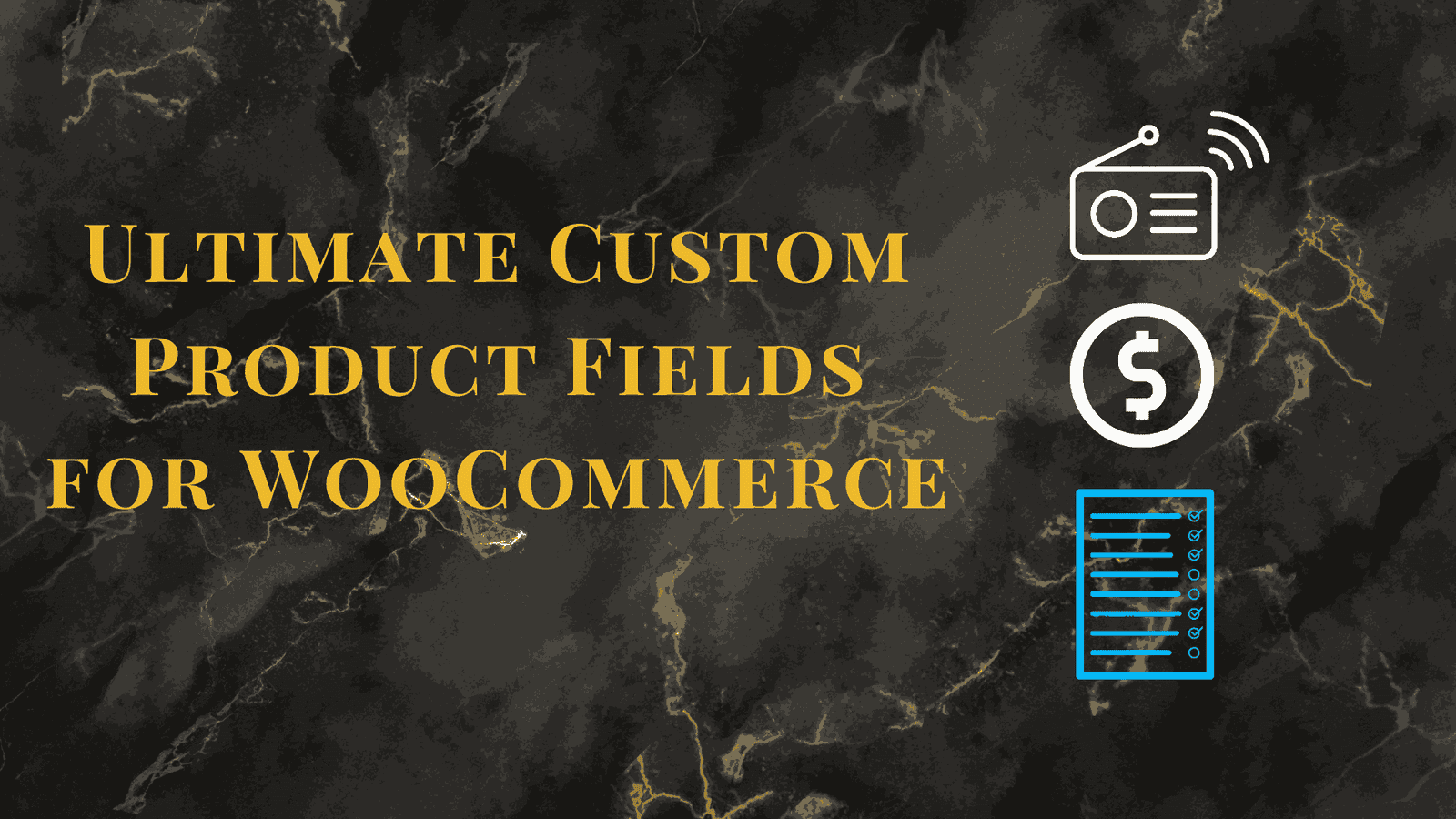Running an e-commerce business comes with its challenges, but Woo product add ons can give you a competitive edge. By offering your customers customization options, you improve the shopping experience and boost sales. Whether it’s adding personalized messages or product upgrades, these add-ons make your products more appealing and relevant to individual preferences.
What Makes Woo Product Add Ons Essential?
Personalization at Its Best
People love products that feel uniquely theirs. Woo product add ons allow for this kind of connection. Consider how much more engaged shoppers become when they can add names, choose colors, or select additional features that fit their needs.
Boosting Average Order Value
Upselling and cross-selling strategies work wonders when combined with Woo product add ons. Add-ons like extended warranties or gift wrapping entice customers to spend more without feeling pressured.
Simplifying the Shopping Experience
Instead of endless back-and-forth with customer service for specific requests, add-ons enable shoppers to make choices right on the product page. This simplicity makes for happier, more satisfied buyers.
Types of Woo Product Add Ons You Can Offer
1. Text Customization
Allow customers to input personalized text for products like apparel, accessories, or even home decor. Shoppers can add names, quotes, or special dates for an emotional touch.
2. Custom Images and Uploads
Perfect for items like custom T-shirts or posters, image upload options let customers personalize their products. This feature is excellent for gifts or branded merchandise.
3. Service Upgrades
Offer services like premium shipping, extended returns, or even professional setup. These are especially useful for tech products or complex purchases.
4. Product Variants and Swatches
From fabric selections to custom finishes, swatches make it easy for shoppers to visualize their choices. This can be game-changing for furniture or clothing stores.
5. Customizable Bundles
Give customers the option to build their own product bundles, increasing perceived value and ensuring they only get what they want.
Real-World Examples of Success with Woo Product Add Ons
Case Study: Tailored Travel Gear
An online retailer specializing in travel accessories used woo product add ons to offer monogramming and custom color options. Within six months, their conversion rates increased by 25%, and the average order value rose by 40%. Shoppers were willing to pay extra for personalized touches that made their purchases feel more meaningful.
How to Implement Woo Product Add Ons in Your Store
Step 1: Choose the Right Plugin
There are numerous plugins to consider:
- WooCommerce Product Add-Ons: Ideal for basic needs.
- FME Woo Product Add Ons: A feature-rich option with conditional logic.
- Advanced Custom Fields: Perfect for more complex requirements.
Step 2: Configure Add Ons Thoughtfully
Identify which products would benefit from add-ons. For example, home decor items can have custom text options, while fashion accessories could offer multiple swatches.
Step 3: Optimize for Mobile
Mobile shopping is booming, so make sure your Woo product add ons work seamlessly on smaller screens. Test the interface thoroughly to avoid any hiccups.
Strategies to Maximize the Impact of Add Ons
Bundle Add Ons with Discounts
Offer deals when customers select multiple add-ons. For example, “Add gift wrap and save 10%!”
Use Conditional Logic to Simplify Choices
Conditional add-ons make the shopping journey smoother by only displaying relevant options. If a customer chooses a premium variant, the relevant features become available automatically.
Highlight Add Ons in Product Descriptions
Draw attention to available customizations in your product descriptions. For instance, “Make it yours! Add a personal message for just $5.”
SEO and Woo Product Add Ons: A Match Made in Heaven
Increase On-Site Engagement
SEO isn’t just about keywords. Offering customizable options keeps users engaged longer, which is a positive signal to search engines.
Enhance User Experience for Better Rankings
A well-organized, user-friendly shopping experience improves bounce rates and increases time on site. This positively impacts your overall SEO score.
SEO Best Practices for Add Ons
- Use clear and concise titles for each add-on.
- Include keywords strategically without stuffing.
- Add descriptions that explain the benefits of each add-on, like, “Engrave your name for a personal touch.”
Woo Product Add Ons: The Business Perspective
Offering customization options isn’t just about delighting customers; it’s about business growth. Companies that invest in personalization often see better customer retention and more word-of-mouth referrals. With Woo product add ons, you’re investing in a long-term strategy that makes your store a memorable destination.
Conclusion: Maximize Your Store’s Potential with Woo Product Add Ons
Incorporating Woo product add ons isn’t just about offering more options; it’s about giving your customers the freedom to personalize and enhance their shopping experience. These small changes can lead to significant rewards for your business. So, get creative, think about your audience’s needs, and start maximizing your online store’s potential today.
Frequently Asked Questions
1. What are Woo product add ons used for?
Woo product add ons let you customize products with extra options like personalized text, color swatches, or service upgrades.
2. Can I use Woo product add ons for digital products?
Yes, add-ons can be tailored for digital products, like offering extended licenses or additional downloadable content.
3. Are Woo product add ons easy to manage?
Most plugins offer intuitive dashboards, making it simple to add, edit, or remove customizations as needed.
4. Do Woo product add ons slow down my site?
Quality plugins are optimized for performance, but always monitor your site speed and adjust configurations accordingly.
5. Can I add conditional logic to Woo product add ons?
Yes, many plugins offer conditional logic, allowing you to show or hide add-ons based on previous customer selections.
Related Articles:



